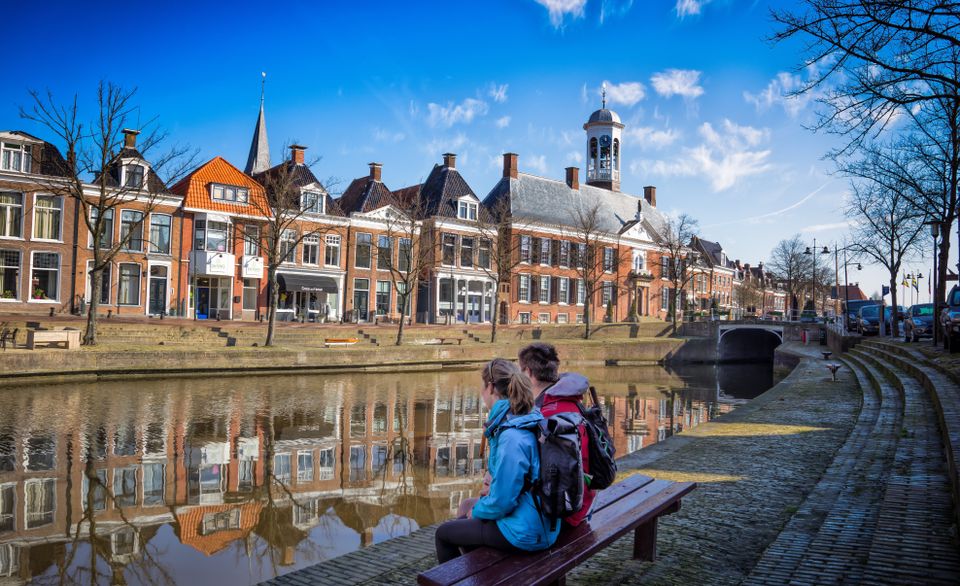Location
833 to 864 of 984 results
-
Bed & Brochje Burgum
Bed & Brochje Burgum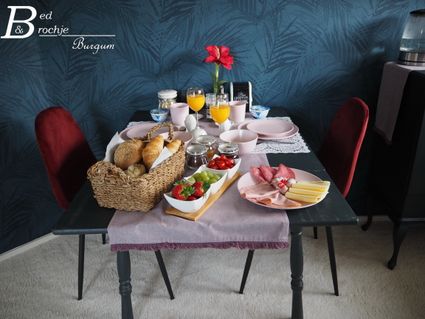 Burgum
Burgum
-
Informatiepunt NP De Alde Feanen
Informatiepunt NP De Alde Feanen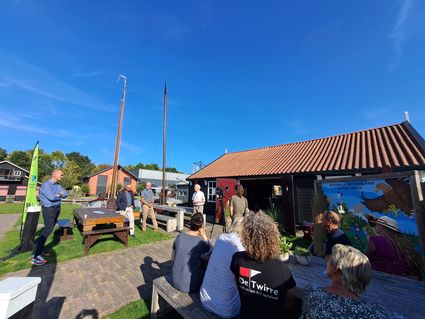 Earnewâld
Earnewâld
-
De Deelen - De Turfhut - Vogelkijkhut
De Deelen - De Turfhut - Vogelkijkhut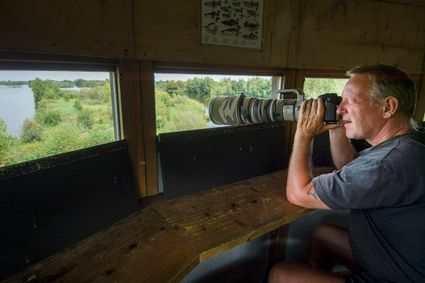 Luinjeberd
Luinjeberd
-
The bombing of Terherne lock
The bombing of Terherne lock
On 11 November 1944, pilots of the Royal Canadian Air Force, based at Welschap airfield near Eindhoven, were ordered to bomb the lock at Terherne in two groups. The reason for the bombardment of Terherne lock was to restrict (German) transport movements. The lock complex was situated on the main shipping route from Germany via Groningen to the Randstad, along which the Germans transported goods and military equipment.
After the railway strike in September had already disrupted rail transport considerably, actions against shipping traffic followed in the months thereafter. The southern part of the country may have been liberated, but fierce battles were still to be fought in the other parts.
Such was the case on that 11th November just after nine o'clock in the morning when the two groups of Hawker Typhoon fighter-bombers took off shortly after each other from Eindhoven for their mission. Around 10:00, the lock at Terherne was bombed from the north for the first time and then again around 10:30.
The consequences were huge for the people living on the lock. The wives of both lock keepers, a one-year-old baby and a German soldier were killed. Also, pilot John Gordon Fraser's aircraft was damaged to such extent that he had to make an emergency landing at St. Johannesga. Although the bombing resulted in the northern passageway being deactivated and no longer usable, the southern passageway remained open and could still be used.
Today, a boathouse for the State yacht of the province of Friesland has been built over the southern passage. A new building, that serves as a guest house for the province, was put up on the site of the lock keeper's house on the south side.
A monument has been erected on the northern pier in memory of those who perished at the lock. This monument was unveiled on 10 November 1985 by Hattum Hoekstra, son of 1st lock keeper Wiemer and Tietje Hoekstra. Since then, the commemoration of the dead in Terherne has always taken place at the old lock, and the children of primary school 'It Kampke' have adopted the monument.
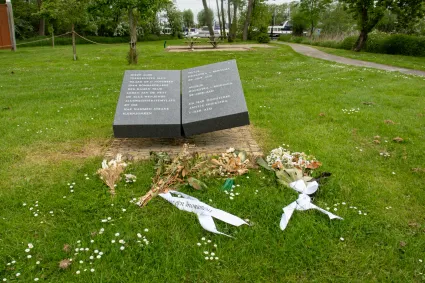 Terherne
Terherne
-
-
Iezumasyl
Iezumasyl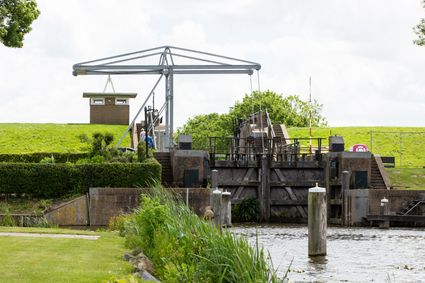 Iezumasyl
Iezumasyl
-
Staatsbosbeheer Lauwersmeer
Staatsbosbeheer Lauwersmeer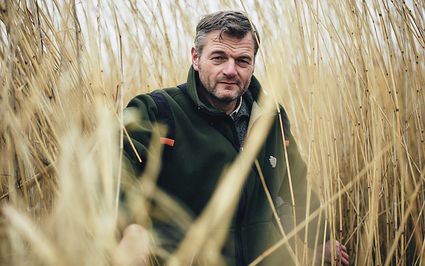 Lauwersoog
Lauwersoog
-
Marboei MB43
Marboei MB43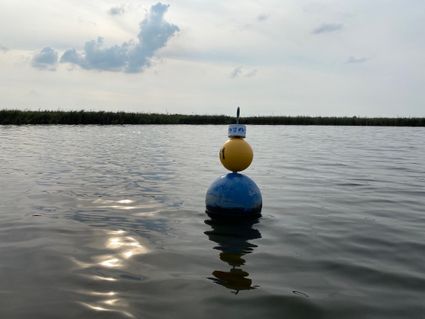 De Alde Feanen
De Alde Feanen
-
The liberation of Leeuwarden
The liberation of Leeuwarden
On 11 April 1945, it became clear that German resistance in the north of the Netherlands was limited. On 12 April, the Allies seized this opportunity to advance on Friesland as quickly as possible. One of the main goals was to liberate Leeuwarden. The 9th Canadian Infantry Brigade was designated for this purpose. But things would turn out differently.
On 12 April, the Royal Canadian Dragoons entered Friesland at Noordwolde. They were to conduct reconnaissance with their armoured vehicles and reach the Wadden Sea as quickly as possible. As a result, the German troops in Friesland and Groningen would be separated.
On the night of 14 to 15 April, three Squadrons of the Dragoons were at Suameer. Burgum could not be reached earlier that day, because the bridge at Burgummerdam had been blown up by the Germans.
Meanwhile, all sorts of things were happening in nearby Leeuwarden. On 12 April, the airfield had been blown up by the Germans. And they left the city on 14 April. Leeuwarden would not be defended. The Burgerweeshuis (Civil Orphanage) that had housed several German agencies was set on fire. An attempt to blow up the telephone exchange failed due to an ingenious intervention by the resistance. In the early morning of 15 April, the resistance also took to the streets en masse to occupy important points and to capture Germans who had remained behind.
The Dragoons in Suameer were in contact with the resistance in Leeuwarden. Due to various reports, it was unclear whether there was now heavy fighting in Leeuwarden or whether the Germans had left the city completely. Because the Germans had blown up important bridges on the route from Heerenveen to Leeuwarden, the infantry could not quickly provide assistance.
So, the Dragoons went to take a look for themselves. Initially, a patrol of four vehicles was sent via the Groningerstraatweg into the city around half past eleven. One of the Canadians in those vehicles recorded the following:
"As we entered the city, passing through the concrete barrier by the narrow passageway left for normal traffic, we were met by an almost hysterical patrol of Resistance men [...] In a few moments the news of our arrival had spread through the city, and we were given a fantastic welcome as we rolled slowly forward into the centre of town."A resident of Leeuwarden recalled:
"We lived close to the Groningerstraatweg, where our liberators passed. Many hundreds of us stood there, all happy spectators. All of a sudden, two ladies from the row flung themselves forward and threw their arms around the Canadians' necks, saying: "Oh darlings, you’re here at last!"After the patrol determined that the coast was clear, the entire C Squadron, a detachment of the Royal Canadian Engineers and Regimental Headquarters of Lieutenant-Colonel Landell followed. Leeuwarden had been liberated. After this, thousands took to the streets. One of the Canadians wrote:
"We halted, and were immediately surrounded by laughing, yelling mobs of people, bringing flowers to give to us, and cheering every move. The Resistance men were everywhere, doing their best to keep the people within bounds and off the cars, but their efforts were hardly necessary. I never saw a more satisfying gathering in my life."Leeuwarden had been liberated by the Dragoons through unexpected circumstances. On the night of 15 to 16 April, Canadian infantry moved into the city.
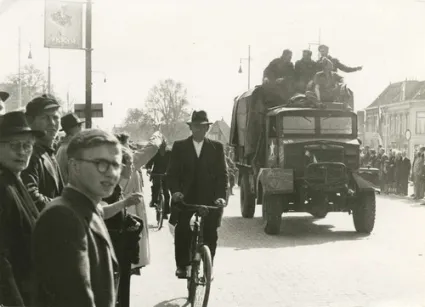 Leeuwarden
Leeuwarden
-
-
Shipwreck at Wierum (visible at low tide)
Shipwreck at Wierum (visible at low tide)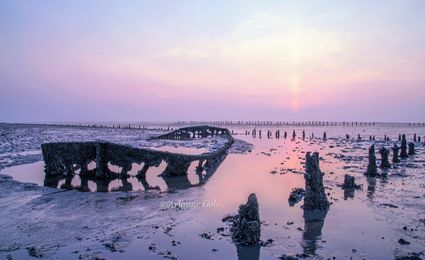 Nes
Nes
-
Galeslot
Galeslot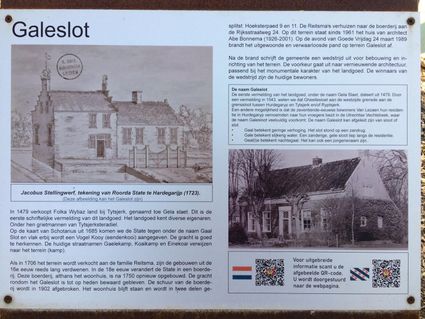 Hurdegaryp
Hurdegaryp
-
Brêgeham
Brêgeham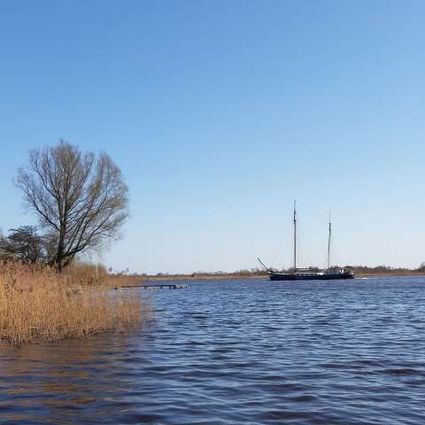 Oudega
Oudega
-
Workumer Buitenwaard - Bijenkamp
Workumer Buitenwaard - Bijenkamp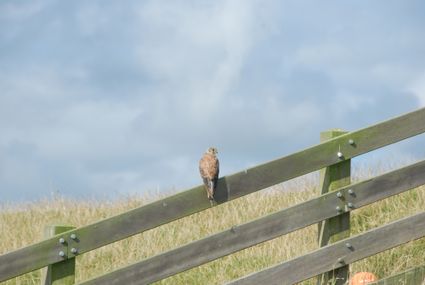 Workum
Workum
-
Anne-Famkes Pleats
Anne-Famkes Pleats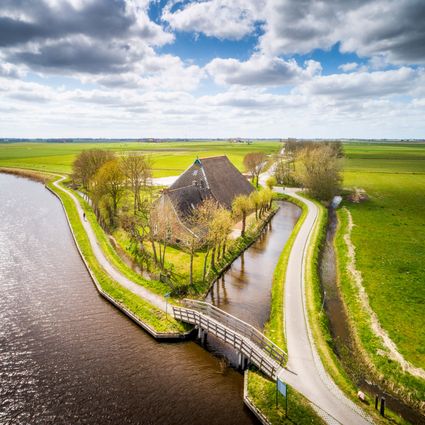 STIENS
STIENS
-
Kerkje van Hiaure
Kerkje van Hiaure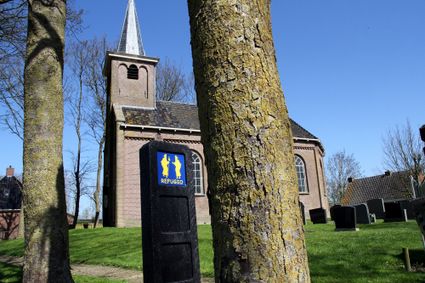 Hiaure
Hiaure
-
Sense of Place: Waiting for high tide
Sense of Place: Waiting for high tide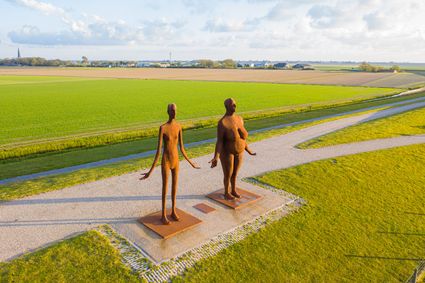 Holwerd
Holwerd
-
Sint-Gangulfuskerk Ee
Sint-Gangulfuskerk Ee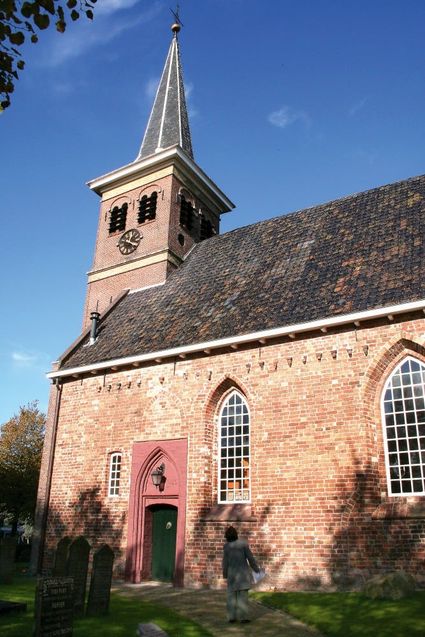 Ee
Ee
-
Kweldergebied
Kweldergebied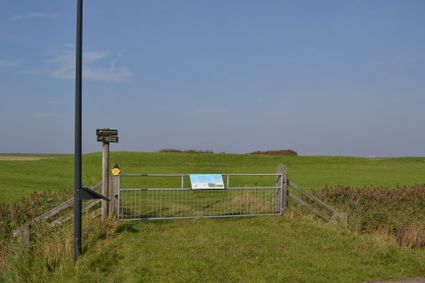 Ferwert
Ferwert
-
Koudum - Kijkheuvel de Samenvoeging
Koudum - Kijkheuvel de Samenvoeging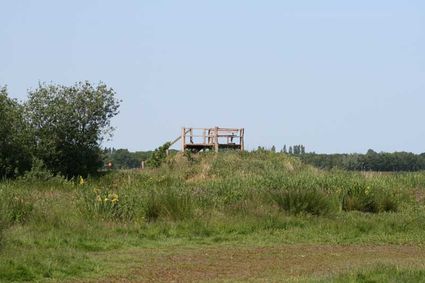 Koudum
Koudum
-
It Lytse Slot Manor
It Lytse Slot Manor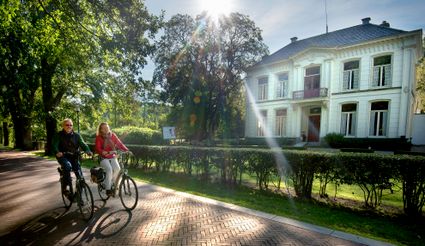 Veenklooster
Veenklooster
-
Veerpont Ameland
Veerpont Ameland Holwerd
Holwerd
-
Greenjoy It Bûtefjild
Greenjoy It Bûtefjild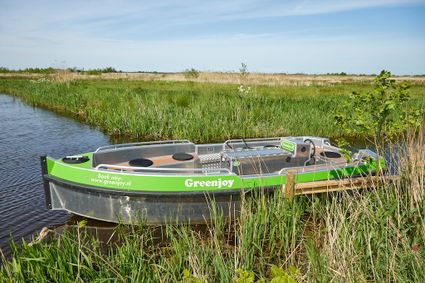 Feanwâlden
Feanwâlden
-
Fryske Waedrinners
Fryske Waedrinners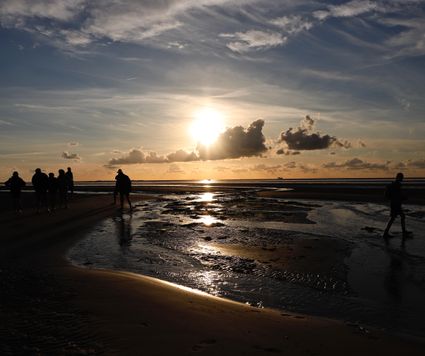 Holwerd
Holwerd
-
Vakantiehuis het Zeeroosje
Vakantiehuis het Zeeroosje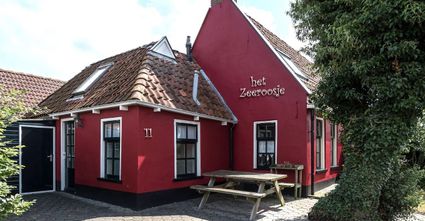 Paesens-Moddergat
Paesens-Moddergat
-
Ooster- en Westerdiepswal
Ooster- en Westerdiepswal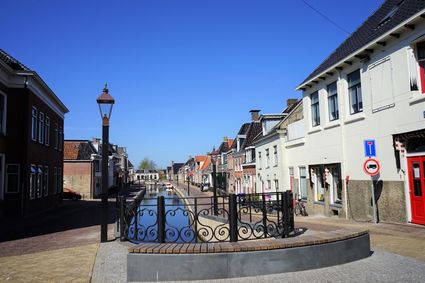 Kollum
Kollum
-
Voormalige directeurswoning vlasfabriek Mûnein
Voormalige directeurswoning vlasfabriek Mûnein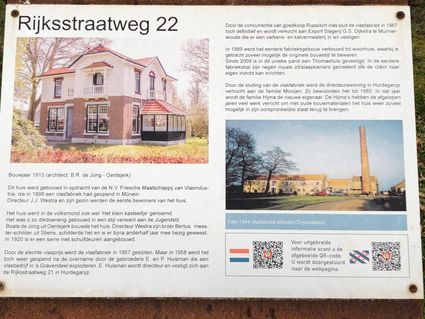 Hurdegaryp
Hurdegaryp
-
Zwemcentrum Kollum
Zwemcentrum Kollum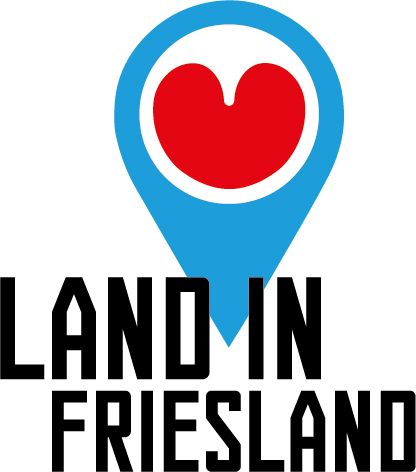 Kollum
Kollum
-
Camping & Haven Recreatie Dokkum
Camping & Haven Recreatie Dokkum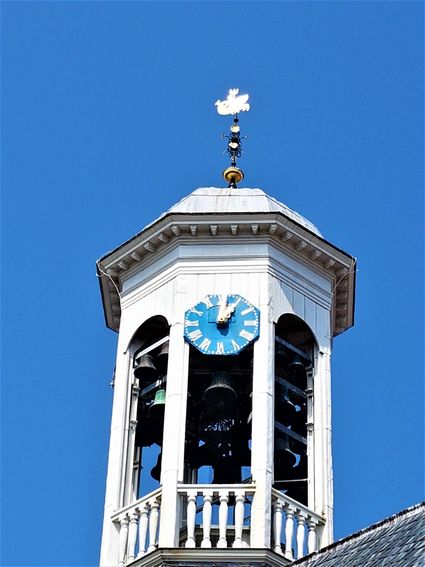 Dokkum
Dokkum
-
Natuurkampeerterrein de Reidplûm
Natuurkampeerterrein de Reidplûm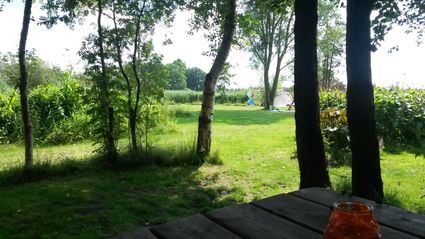 Eernewoude
Eernewoude
-
Stal Droppinghiem
Stal Droppinghiem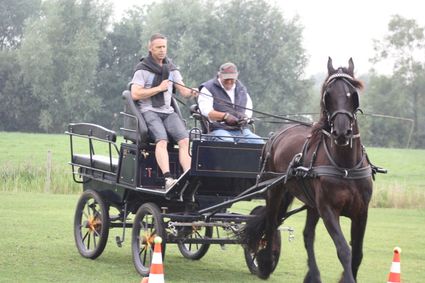 Aalsum
Aalsum
-
Pure Rust
Pure Rust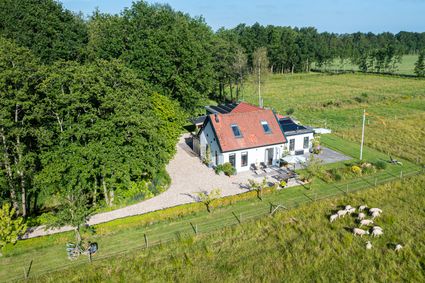 Wouterswoude
Wouterswoude
-
Rustpunt de Jister
Rustpunt de Jister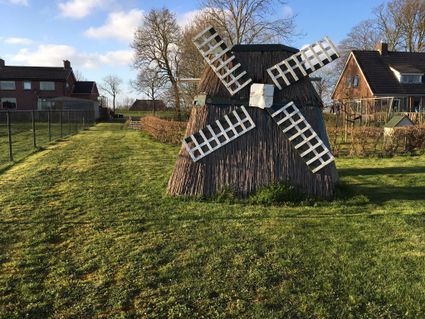 Ginnum
Ginnum
-
Bootverhuur Hollema
Bootverhuur Hollema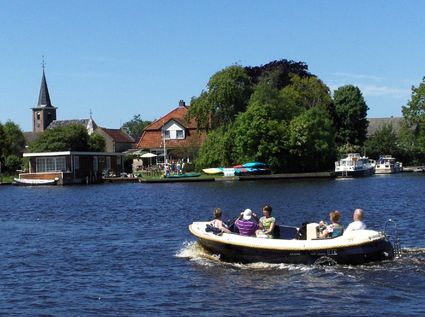 Earnewâld
Earnewâld
